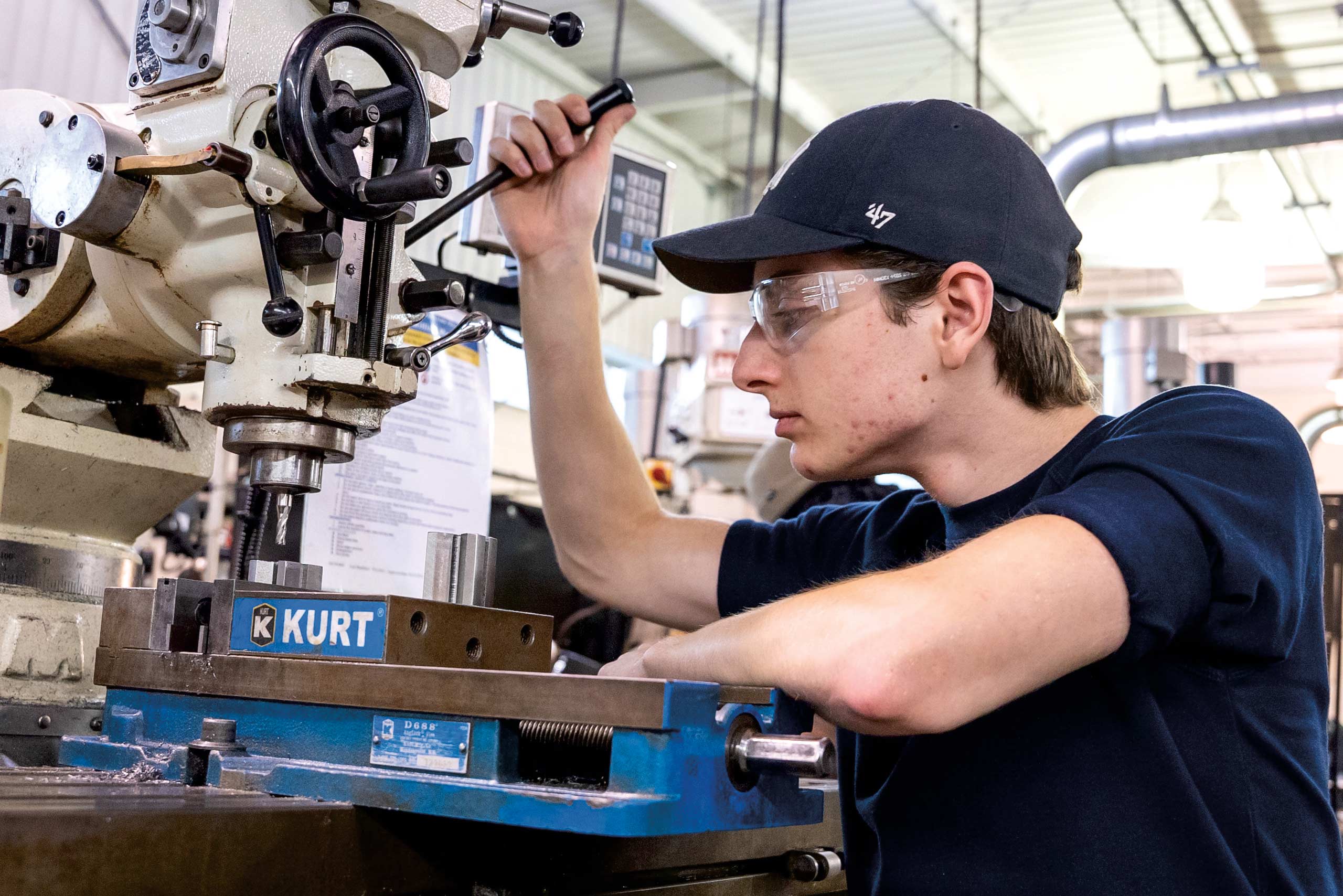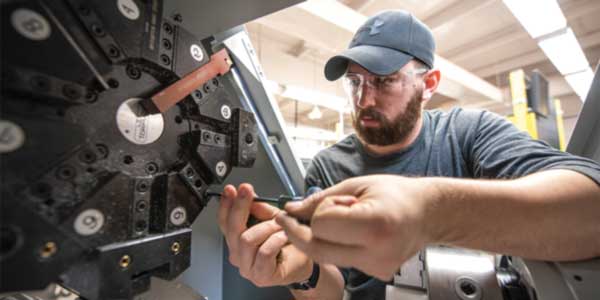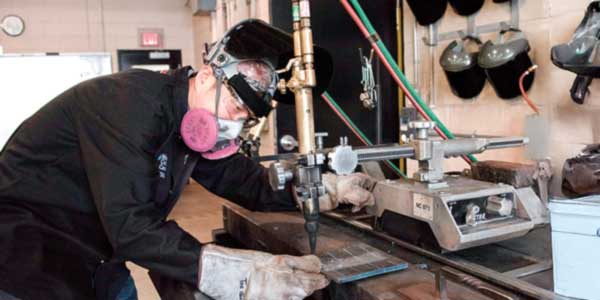About this program
-
Credential Awarded: Certificate of Apprenticeship
-
Campus: Welland
-
Trade Code: 429A
-
Delivery Length: 3-3.5 Years
-
Starts: Fall
Overview
Do you have a passion for precision, problem-solving, and working with advanced machinery?
As a General Machinist, you’ll master the skills to set up and operate a variety of manual and computer numerical control (CNC) machine tools to produce complex components with exacting tolerances. You’ll learn to interpret technical drawings, apply mathematical calculations, and work with a range of materials used in today’s manufacturing industries.
The Benefits of Apprenticeship
- The Province of Ontario is facing a large shortage of skilled labour.
- A certified journeyperson earns a good wage.
- Approximately 18 per cent of skilled workers are self-employed.
- There is, and will continue to be, a demand for highly skilled tradespeople.
- Majority of tuition for the in-school training is paid for by the Ministry of Training, Colleges and Universities.
What's an Apprenticeship?
- As an apprentice, you learn a skilled trade on the job. You work with and learn from experienced workers, and get paid while you do it.
- You also learn in a classroom from instructors who know the trade. These classroom hours would take place at Niagara College.
Courses
| Code | Course Name | Credits |
|---|---|---|
| APPR1150 | Trade Theory I | 5 |
| APPR1151 | Trade Practical I | 6 |
| APPR1152 | Applied Trade Calculations I | 2 |
| APPR1153 | Engineering Drawings I | 2 |
| Code | Course Name | Credits |
|---|---|---|
| APPR1214 | CNC Turning Technology | 2 |
| APPR1250 | Trade Theory II | 3 |
| APPR1251 | Trade Practical II | 6 |
| APPR1252 | Applied Trade Calculations II | 2 |
| APPR1253 | Engineering Drawings II | 2 |
| Code | Course Name | Credits |
|---|---|---|
| APPR1308 | Machining Centre CNC Technology | 3 |
| APPR1350 | Trade Theory III | 5 |
| APPR1351 | Trade Practical III | 5 |
| APPR1352 | Applied Trade Calculations III | 2 |
| APPR1353 | Engineering Drawings III | 2 |
Admission Requirements
- Ontario Secondary School Diploma, or Grade 12 equivalency AND
- Employment in the trade
How to Apply
-
Find out if you qualify
To qualify for an apprenticeship, you must:
- be at least 16 years of age
- have legal permission to work in Canada (for example, have a valid social insurance number)
- meet the educational requirements of your chosen trade
- have a sponsor in Ontario
-
Find an employer or sponsor
A sponsor is someone who provides you with apprenticeship training. A sponsor can be a single employer, individual (for example, a contractor) or a group of employers (for example, unions or non-union consortiums).
How to find a sponsor
- Guidance counsellor: If you’re in high school, ask your guidance counsellor for advice and referrals for the Ontario Youth Apprenticeship Program and other programs (Specialist High Skills Major, dual credit program.)
- Online: Visit the job bank to post your resume and availability for apprenticeship in your chosen trade.
- Employment Ontario: EO offers employment services and training opportunities, like matching apprentices to sponsors. Find an EO location.
- Unions or trade associations: Many trades have unions or associations with resources to find and match apprentices to sponsors.
- Local companies: Research local companies in the skilled trades. Try your local online resources, newspapers, or other directories.
- Your network: Ask around to see if anyone you know is in the skilled trades, and if they are hiring or know someone who is hiring.
-
Apply for an apprenticeship
If you're 18 years or older
You can apply online. You must complete the application in one session. It takes about 10 minutes to complete.
If you're 16 or 17 years old
You must download a paper application. Instructions: Save the application to your computer; fill out the application; print the application and sign it; get your parent or guardian and your sponsor to sign it; mail (or submit it in-person) the completed and signed application to your local Employment Ontario apprenticeship training office.
Skilled Trades Ontario will review your application and let your sponsor know whether or not your application was approved.
Note: You can change your sponsor later.
-
Sign a training agreement
If your application is approved, the ministry will:
- Create a training agreement for you and your sponsor to sign.
- Approve the signed agreement.
- Register your apprenticeship training.
Important: Once you have received your “Offer of Classroom Training Letter” from the Ministry of Labour, Immigration, Training and Skills Development – Apprenticeship Office, you must complete the registration process by contacting Niagara College at [email protected].
The information on this page was sourced from https://www.ontario.ca/page/start-apprenticeship.




